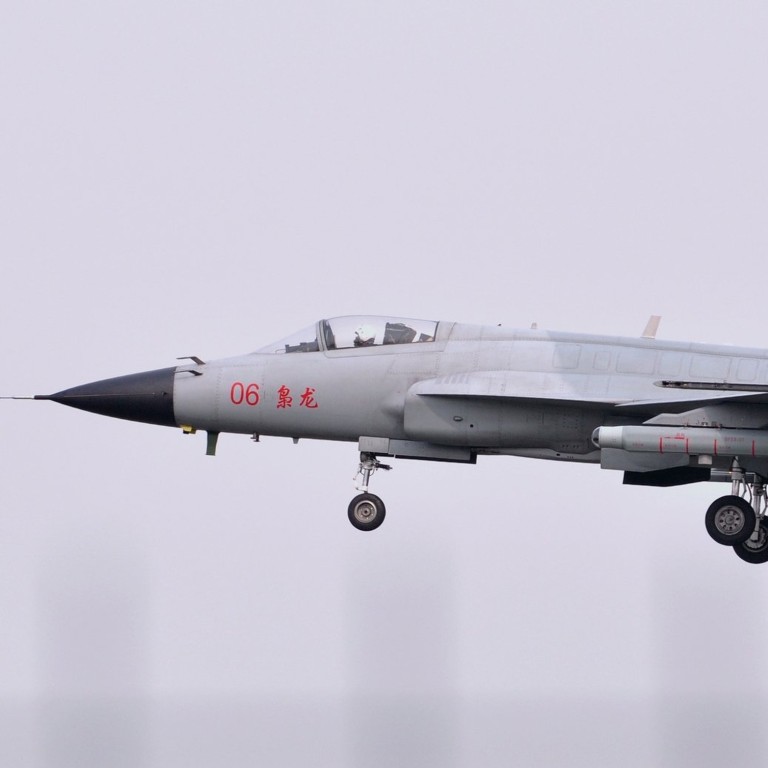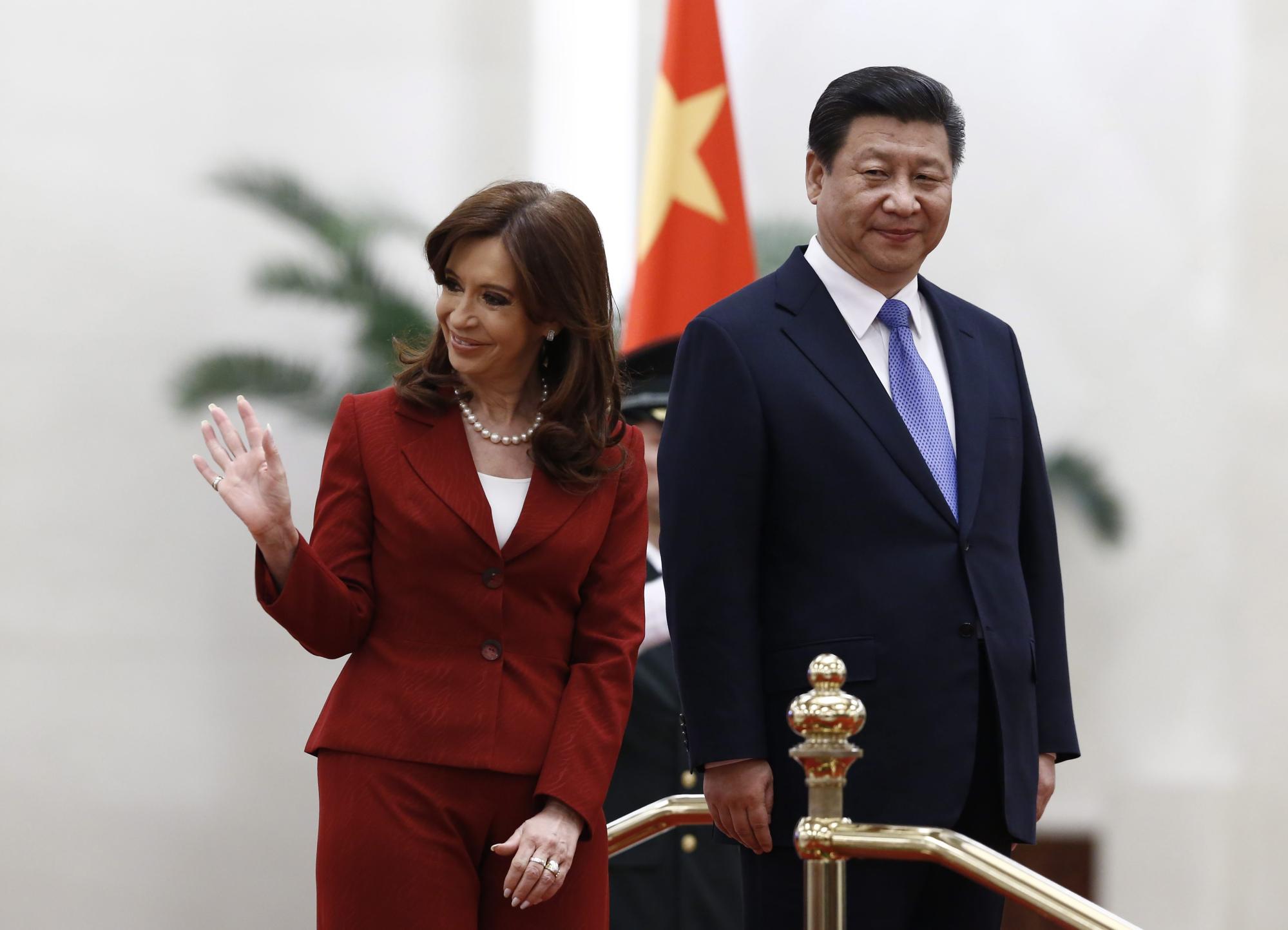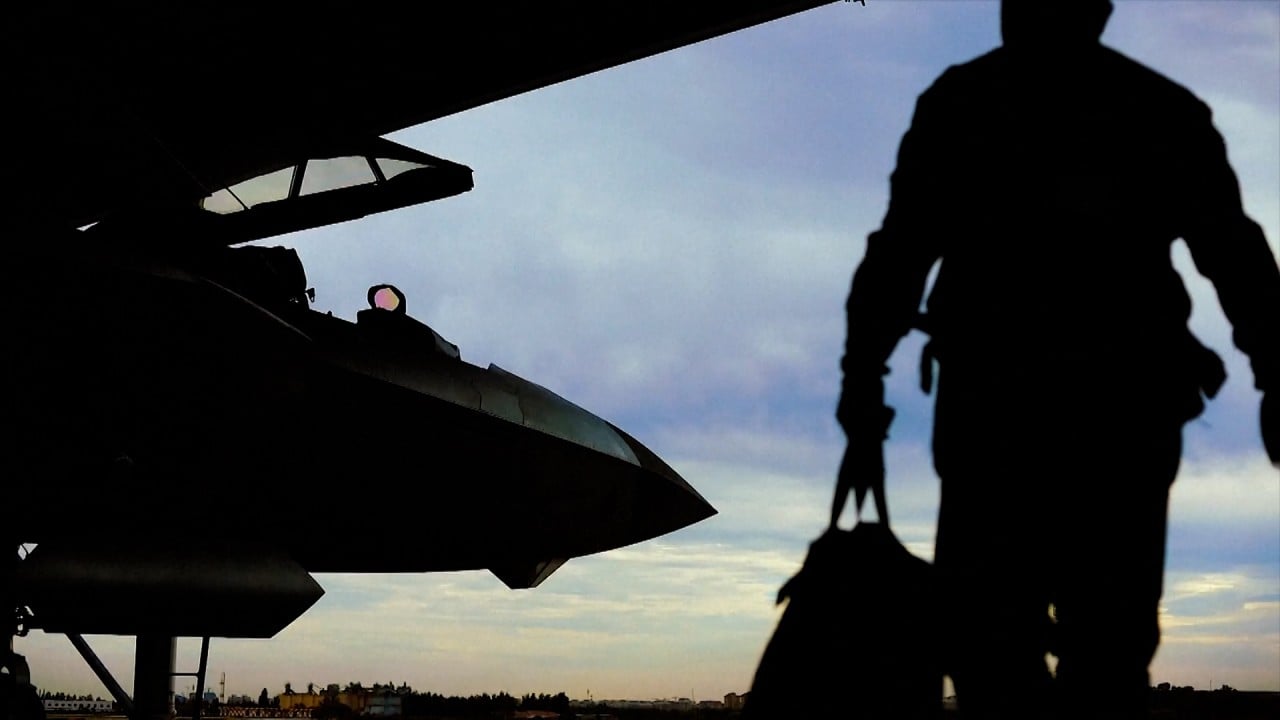
Chinese fighter jets’ South American hopes grounded as Argentina pulls purchase plan
- Argentina will not make any immediate military aircraft purchases, President Alberto Fernandez has said of US$664 million defence budget plan
- China’s FC-1/JF-17 ‘Thunder’ multi-role fighter aircraft, jointly produced with Pakistan, is believed to have been a top contender
China’s ambitions to expand the Latin American reach of its military hardware have suffered a setback, with Argentina dropping its fighter jets purchase plan.
China’s Chengdu FC-1/JF-17 “Thunder”, jointly produced with Pakistan, was reportedly a front-runner in inspections and assessments to fill the Argentine Air Force’s gap in supersonic fighter jets.
Strong sales growth for China’s top defence firms as demand rises at home
“Argentina has to allocate its resources to more important things than the purchase of military aircraft,” Fernandez told the Financial Times, when asked last week about the possibility of buying Chinese warplanes.
There are no war problems on the South American continent, and unity is sought between the countries in the region, he added.
Argentina has not acquired any combat aircraft since the last of its French-made Dassault Mirage III jet fighters retired in 2015 after more than four decades in service.
Last year, the government set aside US$664 million in the 2022 budget for the acquisition of multifunctional fighter jets.
The JF-17 is a fourth-generation lightweight single-engine multirole jet, with a top speed of Mach 1.6 and combat radius of up to 1,400km (870 miles).
It is particularly appealing to Argentina because of its affordable price and low usage of British parts, sales of which to Buenos Aires have been subject to a UK government embargo since their 1982 Falklands War.

Last year, the Argentine Ministry of Defence denied media reports of planning to buy 12 JF-17 Thunder fighters of the Block III range, saying discussions were still “in the technical-economic and financial evaluation phase of five alternatives”.
Other candidates for the purchase included India’s Tejas, Russia’s MiG-35, and second-hand US F-16s from the Danish air force. South Korea’s FA-50 was also in the running at first but ruled out for containing British-made essential parts.
How China grew from buyer to major arms trade player
Over the past two years, Chinese and Argentine representatives were reported to have visited each other to negotiate the terms of a possible agreement on the JF-17, including partial assembly of the fighter at a local Argentine manufacturer.
The JF-17 programme – headed by chief designer Yang Wei, the brain behind Chinese stealth fighter J-20 – is a joint venture between China’s Chengdu Aircraft Industry Group and Pakistan Aeronautical Complex, aimed at the overseas market.
The multirole fighter aircraft, with air-to-air and air-to-surface capabilities, has already been sold to Myanmar, Nigeria and Iraq.
Chinese arms sales to South America have been very limited so far, despite Beijing’s efforts to expand weapons exports. There have been no arms deals with Argentina in the last 12 years.
The weapons sales push is part of China’s attempts to strengthen military ties with countries considered to be in the “backyard” of the United States.
Convening a high-level online defence forum with the region earlier this week, Chinese Defence Minister Wei Fenghe called for more cooperation “in the face of a complex and challenging international and regional situation”.
“China and Latin America should … build a solid security barrier, and promote the formation of a new pattern of all-round, multilevel and wide-ranging defence cooperation,” Wei told military and defence officers from 24 Latin American and Caribbean countries attending the virtual meeting.


